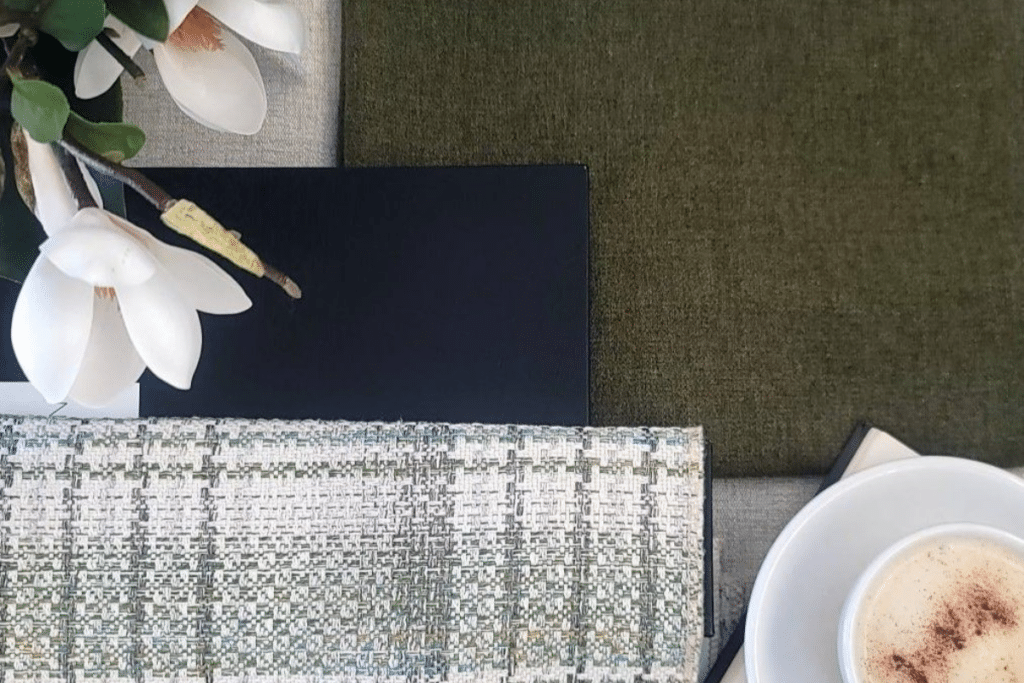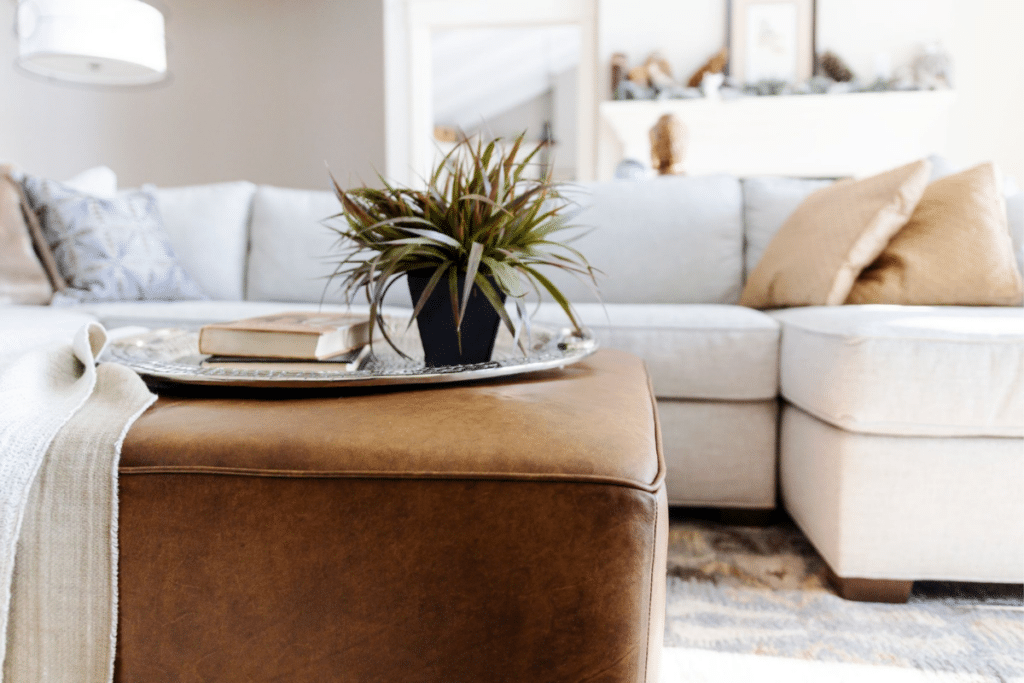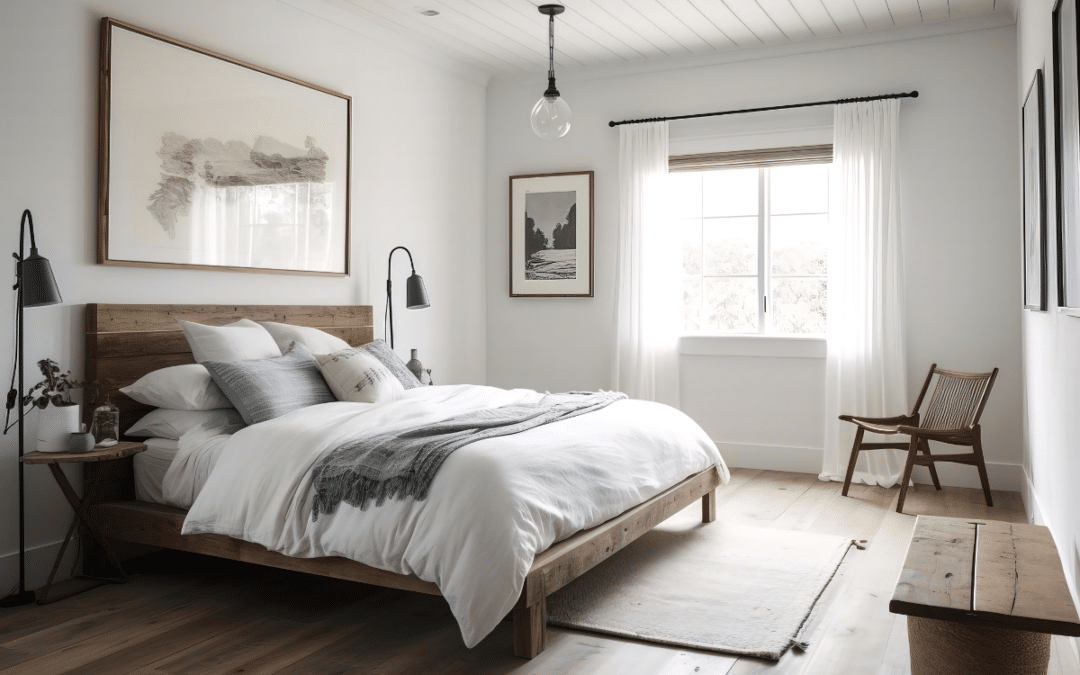Sustainable interior design is more than a trend—it’s a movement toward creating beautiful, functional spaces that minimize environmental impact. Homeowners and designers alike are embracing eco-friendly materials, energy-efficient solutions, and waste-reduction practices to create interiors that are both stylish and responsible. By making mindful choices in materials, decor, and home design practices, you can transform your space into an environmentally conscious haven without compromising aesthetics.
Key Principles of Sustainable Interior Design
1. Sustainable Materials
Choosing the right materials is essential in reducing a home’s ecological footprint. Opt for:
- Bamboo and Cork – Rapidly renewable and durable options for furniture and flooring in areas with high traffic such as living rooms and hallways.
- Reclaimed Wood – Adds character and reduces deforestation. Wood From The Hood can take beautiful reclaimed urban hardwoods and incorporate them into projects such as dining tables, bar counters, or benches.
- Non-Toxic Materials – Avoid harmful chemicals by selecting natural finishes and paints. If refinishing furniture, use low-VOC paints and natural stains.
- Sustainable Textiles – Opt for fabrics that are both stylish and eco-friendly. Organic Cotton and Linen are free from harmful pesticides and chemicals. Wool and Hemp can also be natural alternatives to synthetic textiles that reduce microplastic pollution.

2. Energy Efficiency
Reducing energy consumption is key to a greener home. Consider:
- LED Lighting – Uses significantly less energy and lasts longer than traditional bulbs.
- Energy-Efficient Appliances – Look for Energy Star-certified products to reduce electricity and water usage. Water consumption may be reduced by installing low-flow faucets and showerheads.
- Maximize Natural Lighting – Use strategic window placement, skylights, and reflective surfaces to make the most of daylight and reduce dependence on artificial lighting.
- Biophilic Design – Incorporate natural elements like indoor plants to create a healthier living environment. Beyond their beauty, plants improve air quality by filtering toxins and releasing oxygen.
- Best choices: Snake plants, peace lilies, and pothos for air purification.

3. Waste Reduction
Minimizing waste not only benefits the environment but also promotes resourcefulness in design.
- Minimal Packaging – Choose brands that prioritize eco-conscious packaging. Companies that do this well are West Elm and Quince.
- Repurposing Materials – Give furniture and decor a second life by refurbishing or upcycling. Great local companies include Reclaiming Beautiful and Style Society.
- Recycle, Recycle, Recycle – If you’re working with a General Contractor, make sure their disposal company values the importance of recycling packaging materials and leftover building materials. Additionally, perfectly good appliances, cabinets, and lighting fixtures can be donated to great organizations such as Twin Cities Habitat for Humanity ReStore home improvement outlets.

Eco-friendly interior design is about making thoughtful, sustainable choices that enhance both style and environmental responsibility. Investing in timeless versus trendy options will ensure that your pieces stand the test of time and maintain their relevance for years to come. By integrating sustainable materials, reducing waste, and prioritizing energy efficiency, homeowners can create beautiful, functional spaces that positively impact the planet. Small, mindful decisions can lead to lasting change—proving that sustainability and great design can go hand in hand.
Ready to transform your home into a sustainable sanctuary? Start by incorporating these eco-friendly practices today!
Interested in connecting about your Interior Design project? Let’s chat!
Check out our Interior Design Serives at Owl Haven Interiors or check out our Gallery
Follow us on Instagram

